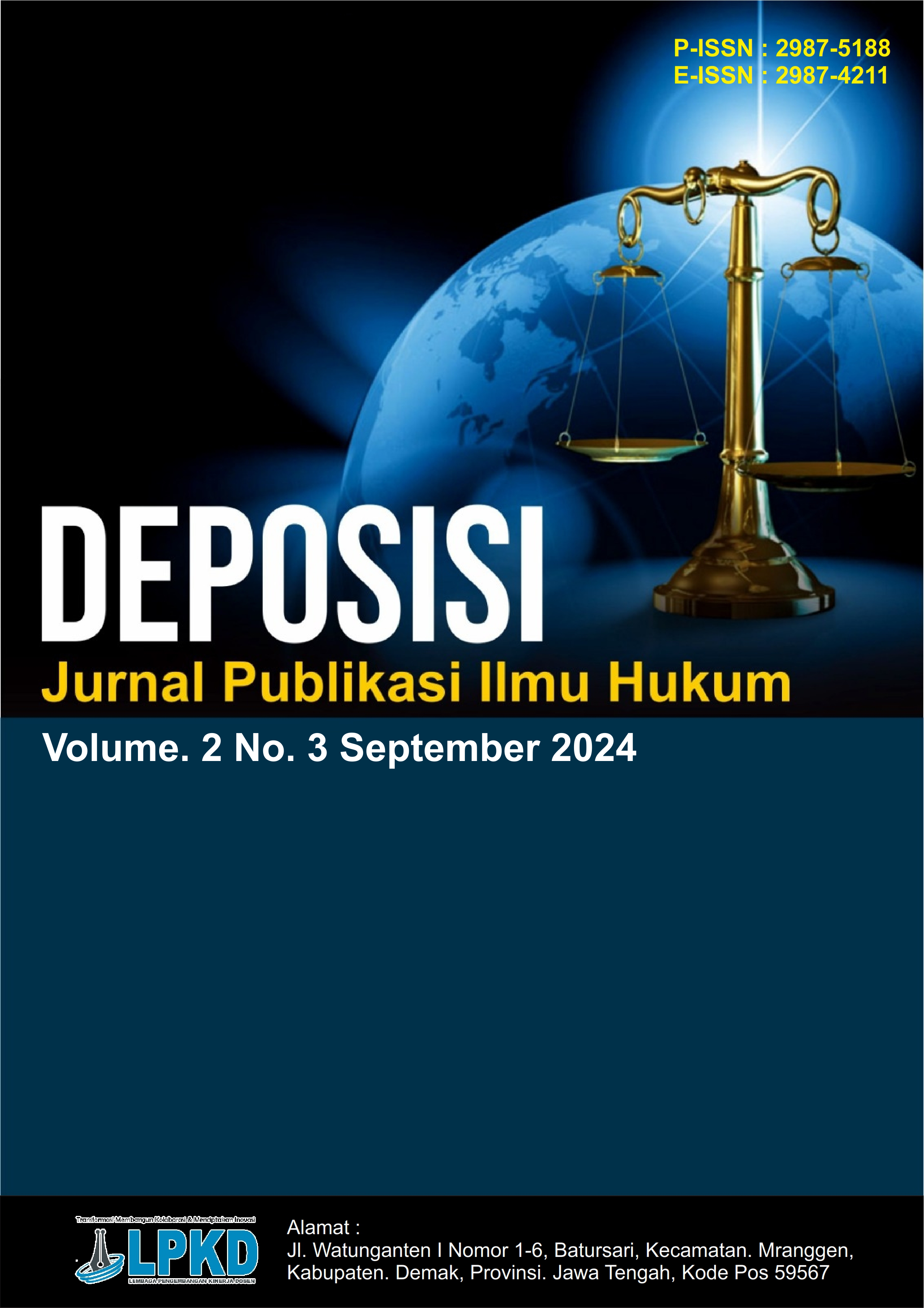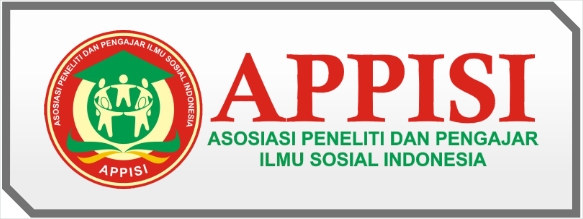Kajian Kriminologi Terhadap Pelaku Peredaran Rokok Non Cukai Di Luar Kawasan Perdagangan Bebas Tanjungpinang
DOI:
https://doi.org/10.59581/deposisi.v2i3.3758Keywords:
Tobacco, Customs, Free Trade ZoneAbstract
That the purpose of this research is to find out about the concept of criminology in the circulation of non-tax cigarettes in Non-Free Trade Areas (outside the Area) as well as to know how the role of the government in minimizing the problem. That this article uses the method of juridic research normative and makes an approach to the law. The sources of data used for this research to be valid are laws, books, journal articles, as well as web pages with similar topics in this article about non-tax cigarettes. The results of this study can be concluded that the criminology of non-tax cigarette trafficking perpetrators is divided into three main parts: criminal biology, which is the reason for the perpetrator, criminal sociology that is the background of circularity that can be the driving force of the non-tariff cigarette traffic and criminal policy that is an action that gives the effect that no other perpetrates follow the traffic and the role of the government in minimizing the circulation of cigarettes is by carrying out both direct and indirect surveillance. In addition, the government can also socialize to the public about tax obligations.
References
Administrator. (n.d.). Tembakau, sejarah dan cita rasa Indonesia. Indonesia.Go.Id.
Ahmad, V. (n.d.). Marak rokok tanpa pita cukai, penjual terancam 5 tahun penjara! Detik.Com.
Anjani, I. G. A. N. D., & Indrawati, A. A. S. (2022). Perlindungan hukum hak cipta terhadap potongan film bioskop yang diunggah dalam Instastory. Jurnal Kertha Semaya, 11(1), 53–62.
Bachtiar. (2021). Mendesain penelitian hukum. Sleman: Deepublish.
Hidayat, F., et al. (2023). Analisis yuridis perbandingan hukum tentang rokok elektrik di Indonesia dan Singapura. Jurnal Ilmu Sosial, 2(7), 31–41.
Hidayat, S., & Agus, S. H. (2010). Quo vadis kawasan ekonomi khusus (KEK). Jakarta: Rajawali.
Issalillah, F., Khayru, R. K., Darmawan, D., et al. (2021). Analisis perilaku konsumen rokok mild berdasarkan persepsi dan sikap. Journal of Trends, 2(2), 49–53.
Makawekes, M. T., Kalangi, S. J. R., & Pasiak, T. F. (2016). Perbandingan kadar hemoglobin darah pada pria perokok dan bukan perokok. Jurnal e-Biomedik, 4(1).
Maulana, H., Syamsuadi, A., & Hartati, S. (2023). Efektivitas pengawasan rokok ilegal pada Kanwil Direktorat Jenderal Bea Cukai Provinsi Riau. SUMUR-Jurnal Sosial Humaniora, 1(1), 10–17.
Moeljatno. (2008). Asas-asas hukum pidana. Jakarta: Rineka Cipta.
Panjaitan, C. J., Purba, N., & Sahlevi, M. A. (2023). Tindak pidana menjual barang kena cukai yang tidak dilekati pita cukai dalam perspektif Undang-Undang Nomor 39 Tahun 2007 tentang Cukai (Analisis Putusan Nomor 18/Pid.Sus.2020/PN.Mdn). Hukum Kaidah, 21, 279–331.
Presmedia. (n.d.). Petugas gabungan Bea Cukai Tanjungpinang sita 110.388 batang rokok ilegal tanpa cukai. Presmedia.Id.
Rahmatika, A. F. (2021). Hubungan kebiasaan merokok dengan kejadian hipertensi. Jurnal Medika Hutama, 8(7), 706–710.
Rindi, S. P. (2023, August). Setoran cukai rokok tembus Rp126,8 T per akhir Agustus 2023. CNBC Indonesia.
Santoso, T., & Eva, A. Z. (2001). Kriminologi. Jakarta: Raja Grafindo Press.
Saputra, R. M. I., Triyono, A., & Suwaji. (2021). Metode penelitian. Yogyakarta: Deepublish Publisher.
Sukardi, M. (2023, August 21). 70 persen penduduk merokok, Indonesia jadi negara dengan perokok terbesar di dunia. Okezone. https://www.okezone.com/tren/read/2023/08/21/620/2868448/70-persen-penduduk-merokok-indonesia-jadi-negara-dengan-perokok-terbesar-di-dunia
Downloads
Published
How to Cite
Issue
Section
License
Copyright (c) 2024 Deposisi: Jurnal Publikasi Ilmu Hukum

This work is licensed under a Creative Commons Attribution-ShareAlike 4.0 International License.














